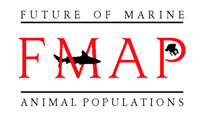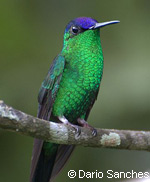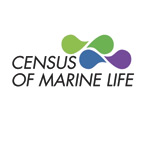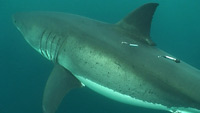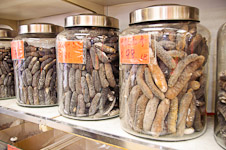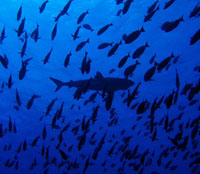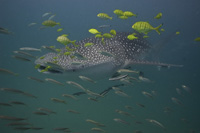|
||||||||
|
|
|
What will live in the oceans?
Welcome to the Future of Marine Animal Populations (FMAP) legacy site. FMAP was a project within the ten-year Census of Marine Life program (2000-2010),
an international undertaking which sought to assess and explain the past, present, and future diversity, distribution, and abundance of marine life.
FMAP's network of Census scientists used statistical modeling of patterns derived from biological data, often by meta-analytic means, to answer questions such as:
- What are the global patterns of marine biodiversity? - What are the major drivers explaining diversity patterns and changes? - What is the total number of species in the ocean? - How has the abundance of major species groups changed over time? - What are the ecosystem consequences of fishing/climate change? - How is the distribution of animals in the ocean changing? - How is the movement of animals determined by their behavior and environment? FMAP Mission Statement
FMAP attempted to describe and synthesize globally changing patterns of species abundance, distribution, and diversity, and to model the effects of fishing, climate change and other key variables on those patterns.
This work was done across ocean realms and with an emphasis on understanding past changes and predicting future scenarios. The future of marine animal populations as a broad research topic is continuing to be explored through current projects by former FMAP researchers and others. |
|
||||||||||||||||||||||||||||||||||||||||||
|
Last Updated: 2022-06-19 |
